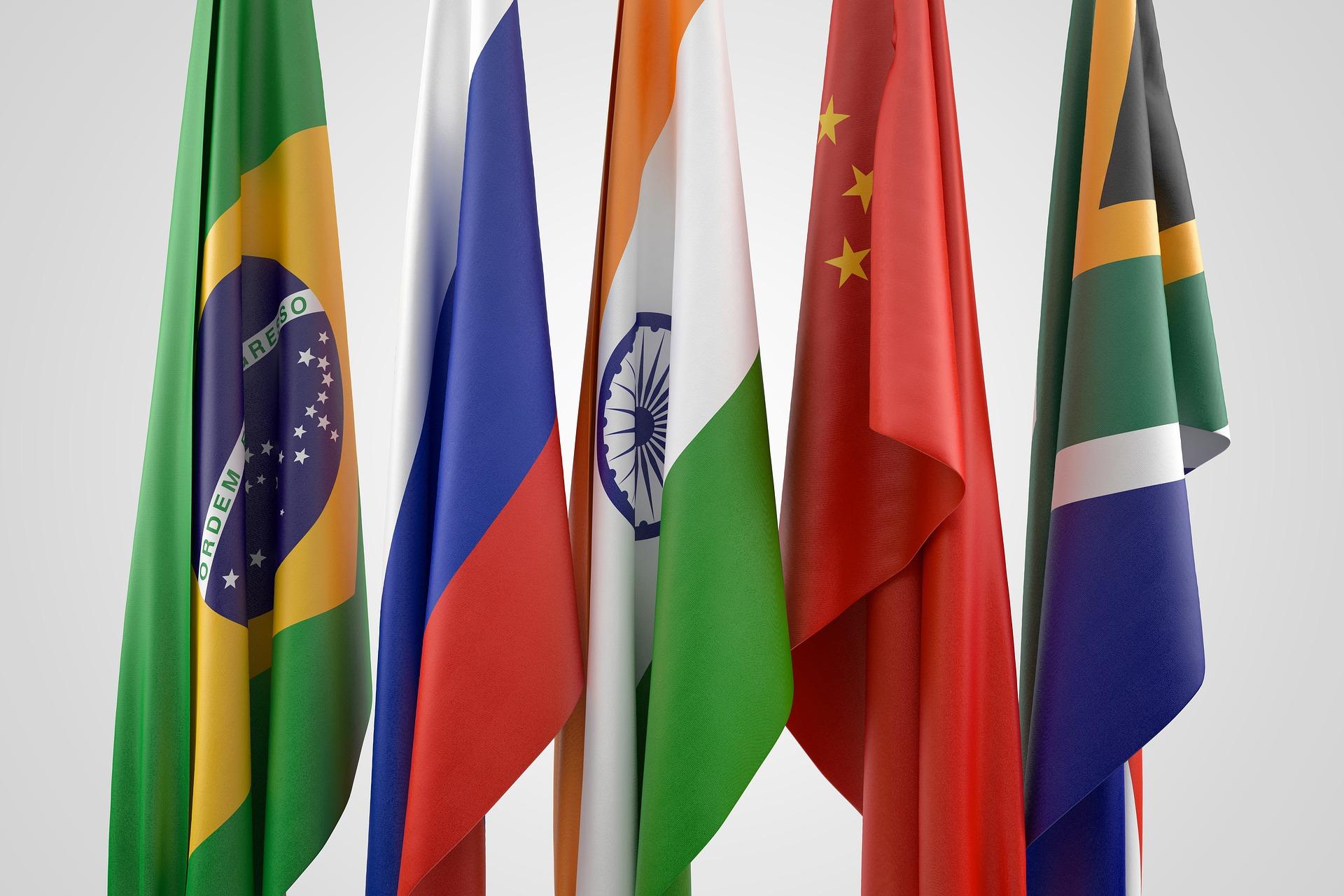
Can BRICS Break the Dollar? The High-Stakes Battle Over a New Global Currency
The debate surrounding the creation of a common BRICS currency has once again captured significant global attention. While the idea holds promise for many, it remains an extremely complex issue that cannot be easily realized. The recent statements from Brazil’s ambassador to India, Keneth Felix Haczynski da Nóbrega, highlight the multiple layers of challenges that such an initiative would face.
According to him, the establishment of a BRICS currency involves reaching an agreement among the 11 diverse member nations to harmonize their fiscal and monetary policies. Given the wide variations in economic structures, inflation rates, and policy priorities across these countries, achieving such alignment is far from simple. Ambassador Haczynski made it clear that this idea is more of a long-term aspiration than an immediate possibility.
Despite the growing discussion around a common currency, Ambassador Haczynski emphasized that trading in local currencies is a more practical and achievable short-term objective. He pointed out that the practice of conducting trade in local currencies is not a novel concept, particularly in regions like South America where it has been employed for years.
Trading in domestic currencies provides countries and businesses with additional options for conducting trade and investment but should not be mistaken as a direct attempt to replace the U.S. dollar or initiate full-scale de-dollarization. According to him, these discussions often get overhyped, as if they are an attack on the dollar's dominance, when in reality, it is simply about offering one more tool for economic exchange.
Nevertheless, the growing momentum of the BRICS alliance has not gone unnoticed by the United States. The U.S. has repeatedly issued stern warnings, indicating that any move by BRICS nations to create a new currency or sideline the dollar could provoke strong economic retaliation. There have been threats of imposing up to 100% tariffs on nations that choose to move forward with such plans.
This strong response underscores the geopolitical significance of the dollar’s status as the world’s reserve currency and the deep concerns in Washington about any potential challenge to its global economic leadership.
Within the BRICS bloc itself, there are differing levels of enthusiasm regarding the common currency proposal. Countries like Russia and China have shown strong support for the idea, as they see it aligning with their broader strategic goals of reducing dependency on the dollar. In contrast, India and Brazil have taken a much more cautious and balanced approach. India, for instance, has consistently rejected proposals for a BRICS currency at various forums.
India’s careful stance reflects its intent to maintain robust economic relations with the United States while continuing to play a significant role within the BRICS grouping. Similarly, Brazil remains pragmatic in its approach, with its leadership emphasizing the need for careful consideration and avoiding hasty decisions that could have unforeseen consequences.
Despite these differences, there is no denying that BRICS as an organization is gaining significant strength and influence on the global stage. Originally formed in 2006 with Brazil, Russia, India, and China, the group expanded to include South Africa in 2010, officially becoming BRICS. More recently, five new members — Saudi Arabia, United Arab Emirates, Iran, Egypt, and Ethiopia — have joined, giving rise to the expanded "BRICS Plus." The bloc’s growing membership has attracted attention worldwide, with over three dozen additional countries expressing interest in joining.
Many of these nations have traditionally remained non-aligned, neither firmly in the camp of the West nor fully under the influence of Russia or China. This widening of the BRICS platform represents a significant shift in the global balance of power, one that is causing considerable unease in Washington.
At present, while the prospect of a BRICS currency continues to fuel discussions, the reality remains that its implementation lies far in the future. The complexities involved in coordinating economic policies across such a diverse set of countries make the idea extraordinarily difficult to achieve in the near term. As Ambassador Haczynski rightly pointed out, trading in local currencies may continue to grow, but full-scale dollar replacement is not immediately on the agenda. Instead, this remains an additional option for countries and businesses seeking flexibility in international trade and investment.
Nevertheless, with BRICS’s expanding influence and increasing membership, the world is watching closely. The evolution of global financial systems may take time, but the seeds of change are clearly being sown. How quickly and effectively these seeds will grow into a new financial landscape remains to be seen.
Disclaimer: The information provided in this article is based on current discussions, public statements, and expert opinions. It is intended for informational purposes only and should not be considered financial or investment advice. Readers are encouraged to do their own research and consult with professionals before making any financial decisions.




